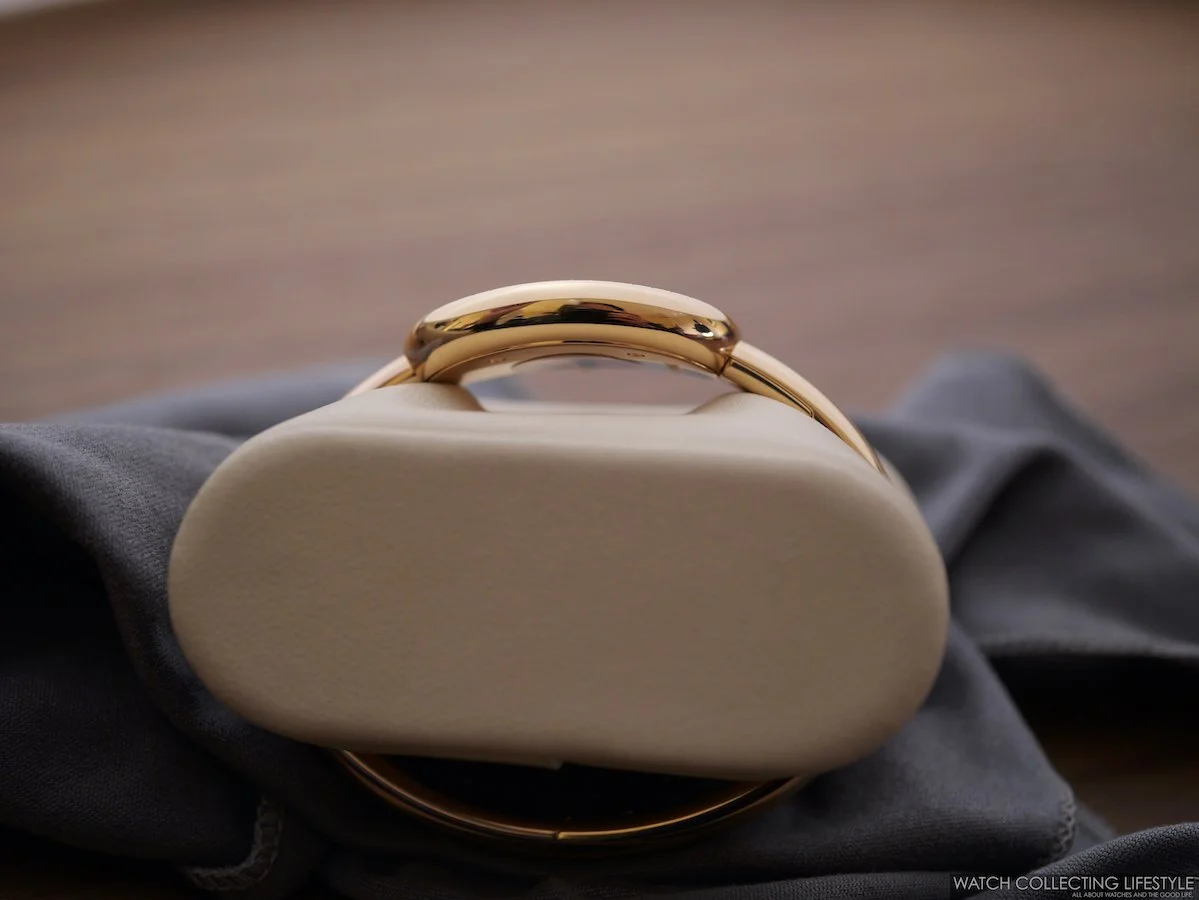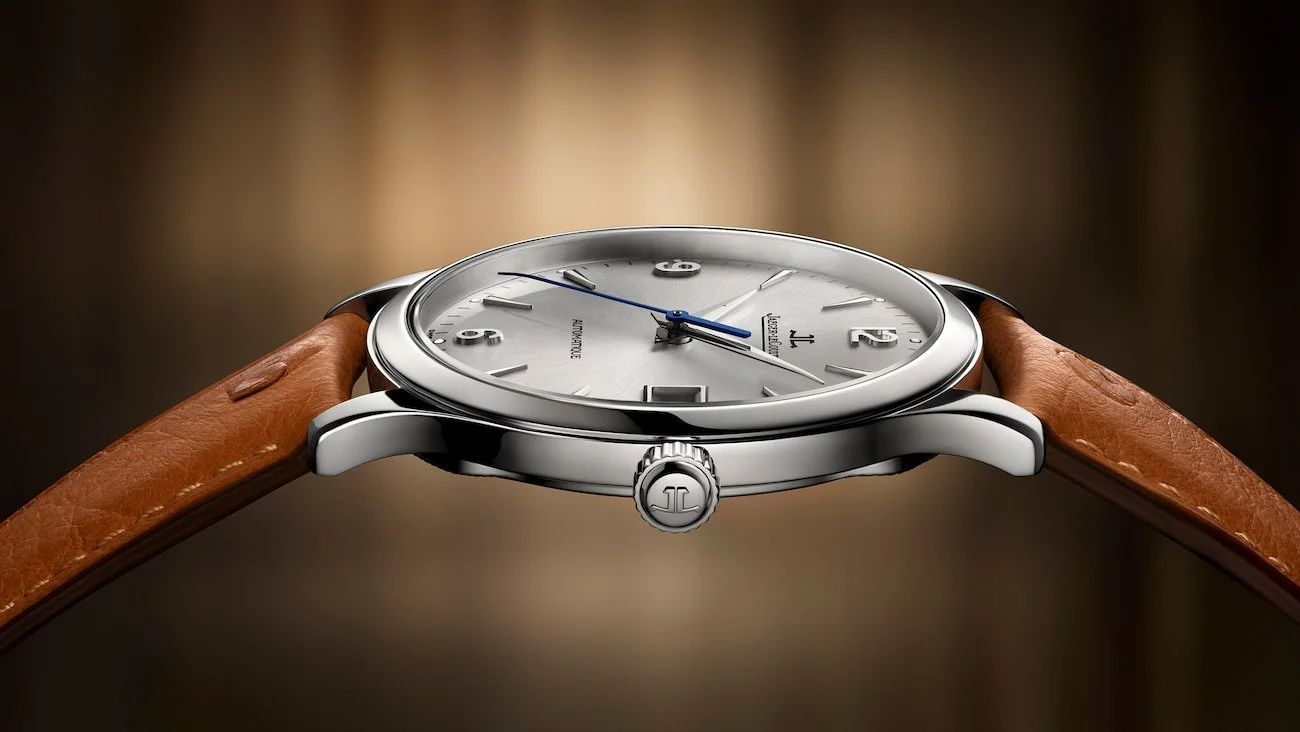In a world of circular conformity, one watch dared to be different—and in doing so, became timeless. There's something almost rebellious about the Cartier Baignoire. While the watch world was content with its round traditions in the early 20th century, Louis Cartier stretched the conventional circle into an elegant oval, creating what would become one of horology's most enduring and quietly influential designs. More than a century later, the Baignoire continues to grace the wrists of those who understand that true sophistication whispers rather than shouts.
The Birth of an Icon: 1912 and the Royal Beginning
The story begins in 1912 when Louis Cartier crafted a bespoke oval timepiece for Grand Duchess Maria Pavlovna of Russia. This wasn't merely a commercial transaction—it was the birth of a design philosophy that would challenge the very notion of what a watch should look like. Legend suggests that she remarked the watch resembled a ‘Western bathtub’, inadvertently inspiring the name that would stick decades later.
For nearly half a century, the Baignoire existed primarily as a bespoke creation. It wasn't until 1957 that the design was refined and made available to a broader audience. The transformation into the modern Baignoire occurred in 1958 with the introduction of the Ovale cintré—a watch with an oval dial and curved case designed to follow the wrist's natural contours.
The official christening came in 1973 when Cartier formally named the collection "Baignoire." The French word for bathtub captured something essential about the design's flowing, organic curves, though some suggest the name references the elegant VIP box seats at the Opéra Garnier.
The Design Philosophy: Why Oval Matters
In an industry often obsessed with technical complications and masculine proportions, the Baignoire represented something different: the power of pure, uncompromising design. Its elongated oval case creates visual harmony on the wrist, while its minimalist dial—typically featuring Roman numerals and the signature blued steel sword hands—embodies Cartier's philosophy that elegance lies in restraint.
The Baignoire's genius lies in its proportions. Unlike a circular watch, which sits as a discrete object on the wrist, the oval case flows with the natural lines of the arm. This creates what designers call "visual integration"—the watch doesn't just sit on the wrist; it becomes part of it. The result is a timepiece that feels both substantial and weightless, present but never overwhelming.
Furthermore, the Cartier Baignoire is available in two different sizes referred to as small and mini. The small model is available on a cuff with two different sizes—the case size is 31.4 mm long, 23.1 mm wide, and 6.9 mm thick—, and the mini model is only available on a strap—the case size is 24.6 mm long, 18.7 mm wide, and 7.2 mm thick.
Cultural Impact: The Baignoire's Famous Admirers
Throughout its history, the Baignoire has attracted an remarkable roster of cultural icons. Catherine Deneuve made the watch a signature element of her timeless style, while Jeanne Moreau understood that its oval silhouette complemented rather than competed with her natural grace. Princess Diana's affection for Cartier extended beyond her famous Tank collection to include the Baignoire.
The Modern Renaissance: Why Now?
Something remarkable has happened to the Baignoire in recent years. A watch that once flew under the radar has experienced what industry insiders call a "cultural moment." eBay reported a 90% increase in searches for "Baignoire" between 2022 and 2023, while auction houses have seen values steadily climb as collectors recognize the watch's historical importance and investment potential.
This renaissance isn't accidental. In our current cultural moment—one dominated by social media aesthetics and the constant pressure to make a statement—the Baignoire offers something increasingly rare: sophisticated restraint. It's a watch for those who understand that true luxury doesn't need to announce itself, that the most powerful statements are often the quietest ones. A watch for those that are really in the know, this is not your conventional ladies’ Rolex or the Royal Oak from Audemars Piguet that every female celebrity and their mother are wearing.
Variations on a Theme: The Baignoire Family
The timing of Cartier's 2023 relaunch of the collection was perfect. The new iterations, including the Mini Baignoire that has become a particular favorite among contemporary collectors, maintain the essential DNA of the original while incorporating modern improvements in movement technology and water resistance.
The Baignoire collection has spawned several notable variations, each exploring different aspects of the original's appeal. The Baignoire Allongée, introduced in the 1960s and relaunched in 2019, takes the oval concept to its logical extreme, creating a dramatically elongated case that makes an unmistakable statement. This version embodied the bold spirit of Swinging London, proving that even a design as refined as the Baignoire could embrace the era's appetite for the dramatic.
Limited editions have explored the intersection of watchmaking and high jewelry, with versions featuring full pavé diamond settings that transform the watch into a bracelet of light. These pieces represent the pinnacle of Cartier's savoir-faire, demonstrating how the simple oval case can serve as a canvas for the most sophisticated decorative techniques.
Investment and Legacy: The Baignoire's Enduring Value
From an investment perspective, the Cartier Baignoire represents something increasingly rare in the luxury watch market: undervalued excellence. While certain Cartier models command astronomical prices at auction, like the Cartier Crash, the Baignoire has remained relatively accessible, making it an attractive entry point for serious collectors. However, recent market trends suggest this may be changing as more collectors recognize the watch's historical significance and aesthetic merit.
Vintage examples, particularly those from the 1970s and 1980s, have seen steady appreciation as collectors begin to understand the Baignoire's place in Cartier's design evolution. The rarest pieces—one-off commissions and limited editions—command premium prices, while even standard production models have shown strong performance in the secondary market.
As we move deeper into the 21st century, the Baignoire's relevance only grows. In an age of digital overwhelm and constant connectivity, there's something profoundly appealing about a watch that embodies such pure, analog beauty. Its oval case offers a respite from the rectangular screens that dominate our lives, while its mechanical movement provides a tangible connection to centuries of horological tradition.
The watch's appeal to younger collectors suggests that its best days may still lie ahead. Generation Z and millennial buyers, raised on vintage aesthetics and suspicious of obvious status symbols, are drawn to the Baignoire's understated sophistication. They understand that in a world of obvious luxury, true style lies in subtlety.
More than a century after Louis Cartier first sketched its distinctive silhouette for a Russian Grand Duchess, the Baignoire continues to represent something essential about luxury, elegance, and the power of great design. It reminds us that innovation doesn't always mean complication, that sometimes the most radical act is to pursue pure, uncompromising beauty.
In a watch world increasingly dominated by sports watches and technical showpieces, the Baignoire stands as a testament to different values: refinement over robustness, elegance over excitement, whispered sophistication over shouted status. It's a watch for those who understand that true luxury lies not in having what everyone wants, but in appreciating what few truly understand.
The Baignoire's oval case may have been inspired by a bathtub or opera seats, or simply by Louis Cartier's brilliant imagination. Ultimately, its origin matters less than its destination: the wrists of those who recognize that in horology, as in life, the most beautiful things are often the simplest, and the most lasting statements are made not with volume, but with grace.
For more info on Cartier click here.






























